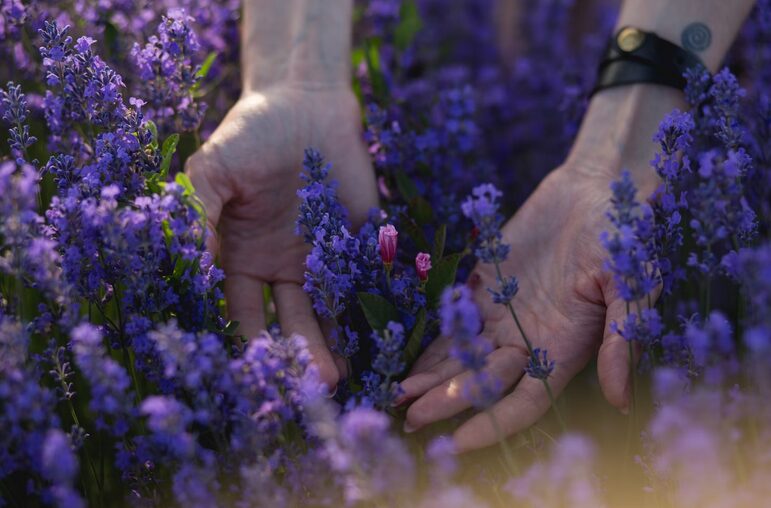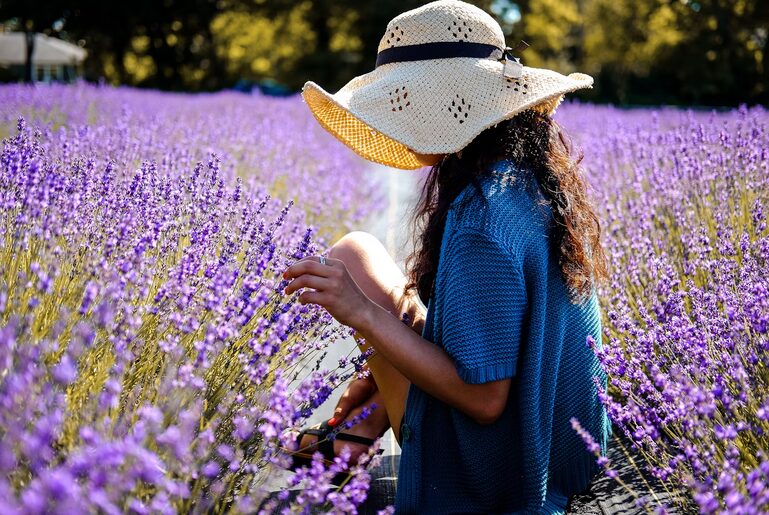The Ultimate Guide to Growing Lavender: Tips and Tricks for a Thriving Garden
Welcome to the ultimate guide for all lavender lovers out there. If you want to cultivate a thriving garden filled with lavender’s soothing scent and vibrant beauty, you’ve come to the right place. This comprehensive blog post will share essential tips and tricks to help you grow your lavender plants successfully. But if you are really into lavenders, consider checking the Lavender Waves Farm membership program Dr. Henry Cabrera recently announced. From choosing the right variety to mastering watering techniques, this membership can elevate your gardening game and create a fragrant oasis in your backyard.
Choose the Right Variety

When it comes to growing lavender, choosing the right variety is key to ensuring a successful garden. Many different types of lavender plants are available, each with unique characteristics and growth requirements. English Lavender (Lavandula angustifolia) is a popular choice known for its classic fragrance and vibrant purple flowers. French Lavender (Lavandula dentata) stands out with its distinctive serrated leaves and lovely blooms that attract pollinators. Consider your climate and local conditions when choosing a lavender variety, as some types are more suited to specific environments than others. Whether you opt for Hidcote, Munstead, or Provence lavender, you should know that each variety brings its own charm to your garden space.
Ensure Proper Drainage
When it comes to growing lavender, one crucial factor that can make or break your garden is the type of soil you plant it in. Lavender thrives in well-drained soil, so it’s essential to ensure proper drainage to prevent waterlogging. To create the ideal environment for your lavender plants, opt for a sandy or loamy soil mix that allows excess water to flow through easily. Avoid any heavy clay soils that can retain too much moisture and lead to root rot. Before planting your lavender, amend the soil with organic matter like compost or peat moss to improve drainage and provide essential nutrients for healthy growth. You can also add perlite or sand to increase aeration and prevent water accumulation around the roots.
Select a Sunny Spot

When it comes to growing lavender, one crucial factor is selecting the right spot for your plants. Lavender thrives in full sun, so choose a location in your garden that receives at least 6-8 hours of sunlight daily. Sunlight helps lavender plants grow and bloom beautifully and enhances their fragrance. A sunny spot will encourage the essential oils in the flowers to develop fully, giving you that classic calming scent associated with lavender. Before planting your lavender, observe how the sun moves across your garden throughout the day. This will help you determine the perfect sunny spot where your plants can bask in sunlight without being shaded by trees or other structures.
Water Consistently
When it comes to watering your lavender plants, less is more. Lavender thrives in dry conditions, and overwatering can lead to root rot and other issues. Establishing a watering routine that allows the soil to dry out between waterings is important. During the first year of growth, lavender may need regular watering until its roots are established. After that, you can cut back on watering significantly. A good rule of thumb is to water deeply but infrequently. Allow the top inch or two of soil to dry out before giving your lavender plant a thorough soaking.
Remember to choose the right variety that suits your climate and preferences, select a sunny spot with well-drained soil, and water your plants appropriately. With proper care and attention, your lavender garden will flourish with fragrant blooms that attract pollinators and add a touch of elegance to your landscape. So, roll up your sleeves, grab some gardening tools, and get ready to grow the ultimate lavender garden. Happy planting.…



